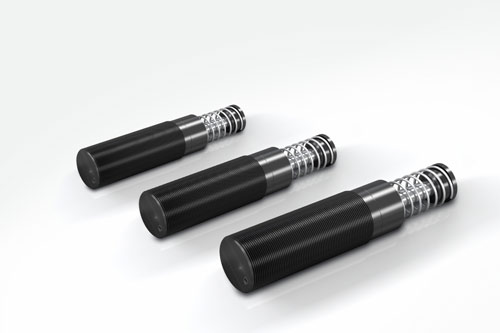By Doug Palmer, Senior Engineer, ACE Controls
Several criteria should be considered when selecting industrial shock absorbers. Typically the most important is the physical space that is available to mount the device. Incorporating a shock absorber that has the longest stroke available will make it easier for the shock absorber to achieve the desired goal of a smooth, continuous deceleration. Other attributes that should be considered are the environment where the unit will be installed, whether there will be significant contaminants that will come into contact with the shock, and the temperature where the shock will be installed. Extreme heat or cold can have dramatic effects on the shock absorber and should always be taken into account when sizing a new application.
A highly corrosive environment may require the use of anti-corrosion measures to prevent a premature failure. Materials such as stainless steel and aluminum may be available to ensure proper operation of the shock absorber. Additionally, coatings and treatments are available that can also be used to prevent a shock absorber from prematurely rusting.
Industrial shock absorbers are properly sized based on the load being controlled, the velocity at which the load is traveling upon contact, and any additional, external forces being applied (e.g., a hydraulic cylinder providing an additional amount of propelling force). The combination of these inputs results in the amount of energy that the shock absorber will be required to deal with. This energy, typically noted as the “Energy per Cycle” will determine the size and stroke of the shock absorber required. It is also important to calculate the number of cycles that the shock absorber will be used in an hour. This will determine the necessary “Energy per Hour” calculation and will also be used to properly size the application. A shock absorber converts the energy of the impact into heat and the more that the shock is hit, the more heat it will generate. Too much heat can lead to a failure.
Filed Under: News
